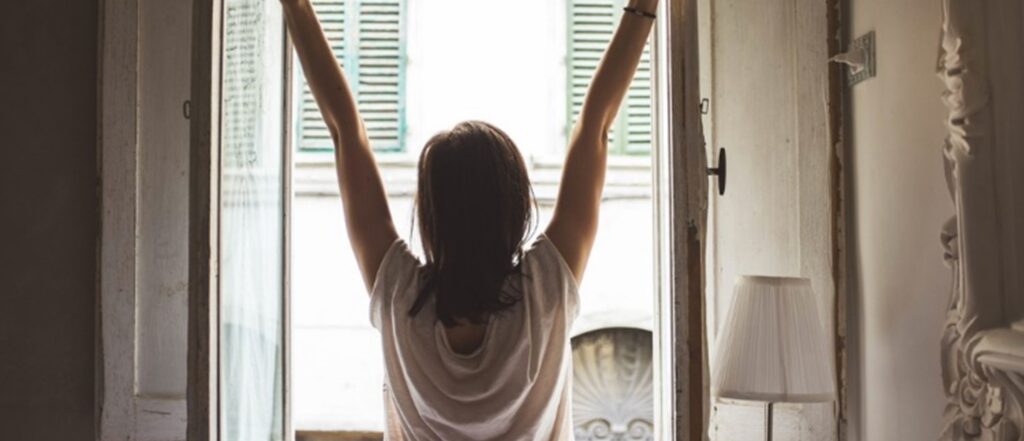In Dalarnas Villa, three different varieties of modern energy-efficient ventilation systems which ensure that the air is healthy to breathe are being tested.
Dalarnas Villa in Hinsnoret near Falun, is a 150 cubic metre villa in which several different modern technologies are being tested. The first test of ventilation, which started in August 2019, was demand-driven ventilation that is otherwise mostly found in office buildings. The technology comes from the company, Healthy Homes, and means that sensors indoors and outdoors measure temperature, carbon dioxide content and humidity. The system delivers exactly the ventilation needed for the moment, which improves air quality whilst saving energy. Humans thrive best in a relative humidity (RH) between 40-60% and in the villa the habits and lifestyles which are best to maintain the healthiest air quality will also be studied. Is it better to hang up the laundry in the living room or the bedroom? Then moisture is released into the room instead of it being ventilated away into an airing cupboard.
The air we breathe
The second ventilation system being tested in Dalarnas Villa is a so-called Luvian system. The Luvian system, which is installed after the FTX unit, mixes air from inside and outside the house and simultaneously purifies the air of small particles. Distributing airborne heat via ducts in the ventilation system provides an even distribution to all rooms. It also has advantages such as rapid adjustment to both external and internal temperature changes.
Cooling functions exactly the same but in reverse. Instead of warming the air before distribution, the same heat pump is used to create cooling. The system mixes the air and maintains a comfortable temperature on warm days.
The Luvian system has a large air purifier built in as part of the ventilation system. It not only cleans the air that comes in via the ventilation but also the air recirculating inside the house. The system purifies 98% of the air through a combination of different filters.
Testing a new ventilation unit
In a third type of ventilation system, a ventilation unit with controllable moisture recovery will be tested. The hope is to find a good way to control moisture recovery between the different air streams in a way that gives both optimal heat recovery and indoor humidity. Both with regard to damp proofing in the building and human health and well-being.
An ordinary rotary heat exchanger has metal surfaces where moisture recovery takes place, but now a rotary heat exchanger is being tested in which the surfaces that come into contact with the air currents have a coating that selectively binds a limited amount of water molecules. Ventilation units will be delivered to Dalarnas Villa next summer and in the meantime the company is working on tests and testing of the concept.
Author: Benny Magnusson, Sustainable Building Cluster in Dalarna, Sweden













